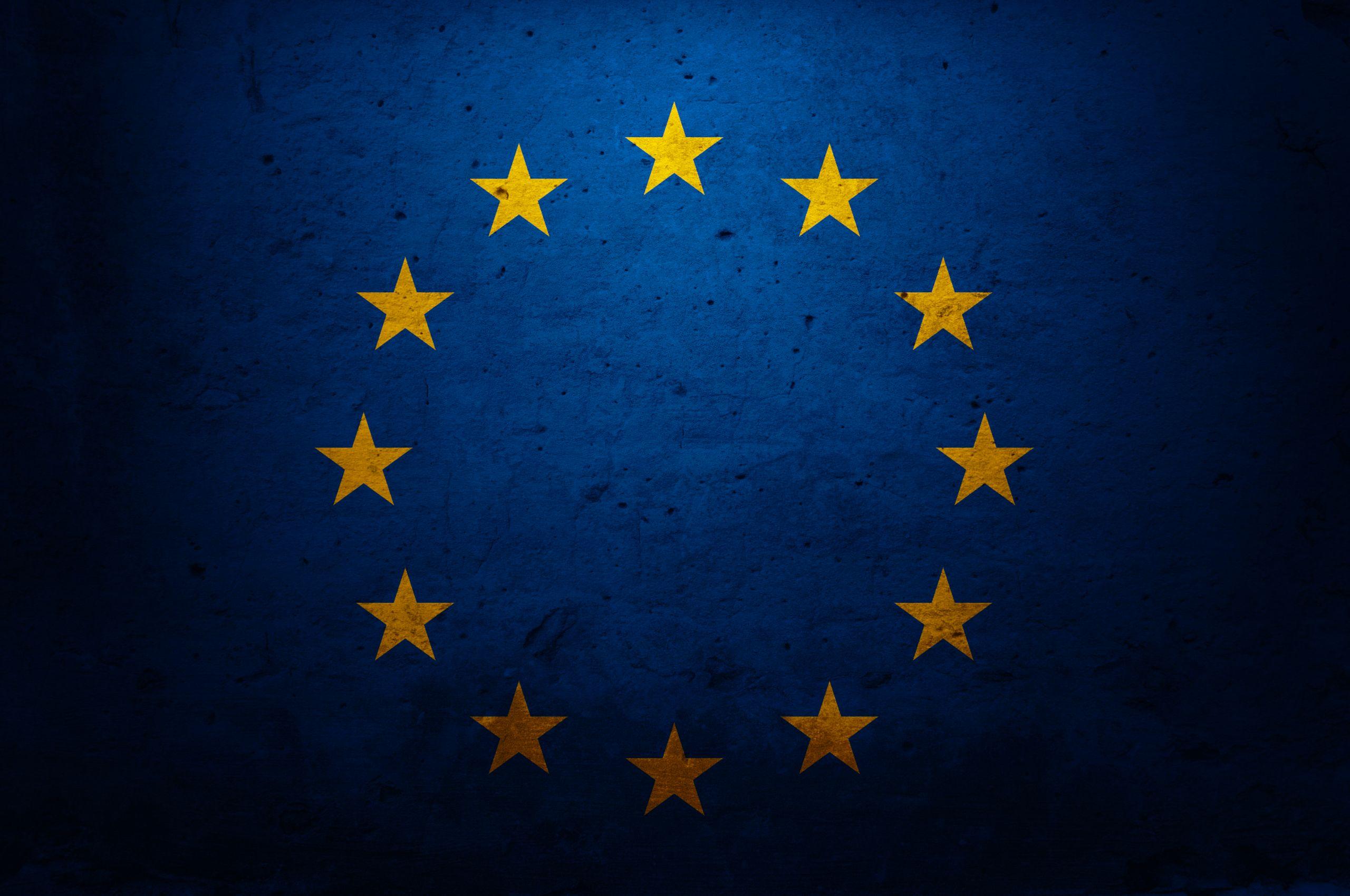Europe’s energy crisis appears to be entering a dangerous new phase.
Should suspicions be confirmed — or simply grow — that Russia was behind explosions that caused three leaks on the two Nord Stream gas pipelines under the Baltic Sea on Monday, the security implications for the Continent would be far-reaching. The idea that the EU’s undersea energy and communications infrastructure were now a Russian target would force European militaries to prepare for a largely unexpected new front in the Ukraine war that could bring them into a direct showdown with Russia’s navy.
Britain has long expressed fears that Russian submarines in the Atlantic and other northern waters could be looking to strike undersea cables crucial to the internet. This week’s explosions make those fears seem less fanciful and rekindle memories of the height of the Cold War, when NATO and Soviet fleets — and particularly their submarines — played high-stakes games of cat-and-mouse in the Baltic.
In a sign that countries are racing to take extra precautions, Norway’s Petroleum and Energy Minister Terje Aasland told national broadcaster NRK late Tuesday that “steps would be taken to raise preparedness” around oil and gas infrastructure following discussions between the government, military, police and operators.
The Nord Stream gas leaks came a day after Norwegian authorities urged vigilance after sightings of unidentified drones near oil and gas platforms. In July, Britain’s Royal Navy issued an unusually specific statement that it had been trailing Russian submarines down the Norwegian coast.
Investigations into the gas pipeline leaks are ongoing in Denmark and Sweden, the countries whose territories lie closest to the incident sites. Danish Prime Mette Frederiksen called the blasts a deliberate attack and “as serious as it gets,” but did not identify the culprit. Swedish Prime Minister Magdalena Andersson also said that it was “likely a deliberate act, that is, it is likely an act of sabotage.”
Other European leaders seemed to have already made up their minds about who to blame.
“Today we faced an act of sabotage,” said Polish Prime Minister Mateusz Morawiecki on Tuesday. While not explicitly naming Russia, he hinted at it, adding: “We don’t know all the details of what happened, but we see clearly that it’s an act of sabotage, related to the next step of escalation of the situation in Ukraine.”
Ukraine was less reticent about naming names. Mykhailo Podolyak, an adviser to the Ukrainian president, called the incidents “a terrorist attack planned by Russia and an act of aggression towards [the EU].”
Robert Habeck, German vice chancellor and economy minister, was quick to stress the gravity of what defense measures could be required.
“We are, of course, in a situation in Europe and Germany where critical infrastructure — and energy supply may be counted among them as a whole — are potential targets. Germany is a country that knows how to defend itself, and Europe is a continent that can protect its energy infrastructure,” he said.
While the Continent awaits answers, some are already weighing what message Russia was seeking to send should this prove to be an act of deliberate sabotage.
Morawiecki and Frederiksen appeared together in Goleniów, Poland, at the opening ceremony of another gas pipeline — the Baltic Pipe from Norway to Poland — which is due to start flowing on Saturday.
If it were Russia behind the Nord Stream leaks, then the timing may well have been deliberate, said Simone Tagliapietra, a senior fellow at the Bruegel think tank specializing in EU energy and climate policy.
“The Baltic Pipe was a main avenue for Poland to diversify away from Russia … this could be a symbolic thing,” he said, with the suggestion being that Russia could also knock out Poland’s alternative supply line.
But the key implication for Europe goes much further than pure symbolism, he added.
“Europe should now understand that energy infrastructure presents security risks,” Tagliapietra said. “If something of this sort happens to our pipe into Norway or into Algeria this winter we are in deep trouble. We need to scale up our security activities on our critical energy infrastructure because unfriendly actors might replicate this kind of action.”
Plausible deniability?
With EU diplomats expected to discuss the incidents in Brussels Wednesday, authorities in Denmark and Sweden are racing to establish precisely what happened.
The key question is why the Russians would sabotage their own pipelines, vital arteries that, until very recently, pumped lucrative gas exports to Europe. However, with Nord Stream 2 not yet online and Nord Stream 1 effectively shut off by Russia earlier in September, the actual gas supply implications for Europe of these incidents — and the financial cost for Gazprom and Russia — is effectively nil.
An act of sabotage would also fit within the Kremlin playbook of veiled acts of aggression designed to intimidate and unsettle, such as the Salisbury poisonings in the U.K. in 2018; the 2014 Czech weapons depot explosion; and a series of arms depot blasts in Bulgaria, most recently in July this year.
The Kremlin itself called the Baltic Sea gas leaks “concerning.” Spokesperson Dmitry Peskov said: “We cannot rule out any possibility right now. Obviously, there is some sort of destruction of the pipe. Before the results of the investigation, it is impossible to rule out any option.”
Two of the leaks occurred near the double Nord Stream 1 pipeline, to the northeast of Denmark’s Bornholm island, and one leak was reported near the Nord Stream 2 pipeline off the southeastern coast of the island, the Danish Maritime Authority said on Tuesday. A spokesperson for the Danish Defense Command said that two of the leaks occurred in an area of the sea that is part of Denmark’s exclusive economic zone (EEZ) (but not in coastal territorial waters) and one occurred in Sweden’s EEZ.
Sweden’s national seismic network detected two distinct blasts in the area on Monday, one at 2:03 a.m. and the second at 7:04 p.m., reported national broadcaster SVT. The Geological Survey of Denmark and Greenland said it had recorded two “shaking” events corresponding to the time of reported gas leaks. The seismographic signals from both events “do not resemble signals from earthquakes. They do resemble the signals typically recorded from blasts,” the organization said.
A no-go zone of 5 nautical miles was established around each of the sites, which are at a likely depth of 60 meters to 70 meters, Baltic maritime agencies said.
The Danish military released pictures of clouds of gas bubbles roiling the surface of the sea.
Swedish Defense Minister Peter Hultqvist told national radio broadcaster Sveriges Radio on Tuesday that his government was now focusing “intensely on gathering information.”
“Just the fact that there is such a leak is serious, in our view,” Hultqvist said. “Because there are different types of scenarios [which could be behind the leak] we have to consider this carefully and seriously.”
Karl Mathiesen and Hans von der Burchard provided additional reporting.
This article is part of POLITICO Pro
The one-stop-shop solution for policy professionals fusing the depth of POLITICO journalism with the power of technology
Exclusive, breaking scoops and insights
Customized policy intelligence platform
A high-level public affairs network



